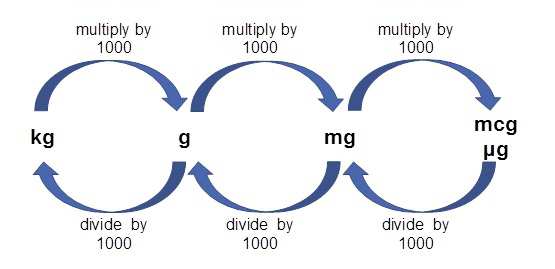
MCG MEASUREMENT SOFTWARE
Gramfort, A., Luessi, M., Larson, E., Engemann, D.A., Strohmeier, D., Brodbeck, C., Parkkonen, L., Hämäläinen, M.S.: MNE software for processing MEG and EEG data. Gramfort, A.: MEG and EEG data analysis with MNE-Python. Godey, B., Schwartz, D., de Graaf, J., Chauvel, P., Légeois-Chauvel, C.: Neuromagnetic source localization of auditory evoked fields and intracerebralevoked potentials: a comparison of data in the same patients. Kominis, I.K., Kornack, T.W., Allred, J.C., Romalis, M.V.: A subfemtotesla multichannel atomic magnetometer. Hämäläinen, M.S., Ilmoniemi, R.J.: Interpreting magnetic fields of the brain: minimum norm estimates. Numminen, J., Ahlfors, S., Ilmoniemi, R., Montonen, J., Nenonen, J.: Transformation of multichannel magnetocardiographic signals to standard grid form. īurghoff, M., Nenonen, J., Trahms, L., Katila, T.: Conversion of magnetocardiographic recordings between two different multichannel SQUID devices. īoto, E., Seedat, Z.A., Holmes, N., Leggett, J., Hill, R.M., Roberts, G., Shah, V., Fromhold, T.M., Mullinger, K.J., Tierney, T.M., Barnes, G.R., Bowtell, R., Brookes, M.J.: Wearable neuroimaging: combining and contrasting magnetoencephalography and electroencephalography. Zetter, R., Iivanainen, J., Parkkonen, L.: Optical Co-registration of MRIand On-scalp MEG. īoto, E., Bowtell, R., Krüger, P., Fromhold, T.M., Morris, P.G., Meyer, S.S., Barnes, G.R., Brookes, M.J.: On the potential of a new generation of magnetometers for meg: a beamformer simulation study. Hämäläinen, M., Hari, R., Ilmoniemi, R.J., Knuutila, J., Lounasmaa, O.V.: Magnetoencephalography-theory, instrumentation, and applications to noninvasive studies of the working human brain. We show, that performance of the MEG system consisting of a small number of OPM sensors is slightly worse, but still comparable to results of the complete standard squid system with 125 gradiometers. We present a method for comparing two MEG system, which operates on the principle of minimum norm estimate (MNE) source localization algorithm. However, the quantitative comparison of two MEG systems is not trivial. These results are compared to the results obtained with the SQUID system. In this work we present measurements of the brain auditory evoked fields (AEF) with a system of 15 OPM sensors, that can detect both radial and tangential components of the magnetic field. As an alternative to these, commercial optically pumped magnetometers (OPMs) have recently developed to such a degree, that they are suitable for measuring magnetic fields in MEG.

Standard MEG devices use SQUID-based channels which, despite their very good signal-to-noise ratio (SNR) have numerous drawbacks.

With various source localization algorithms we can estimate the excited areas inside cortex. Magnetoencephalography (MEG) is a neuroimaging technique for measuring magnetic signals in vicinity of the head.


 0 kommentar(er)
0 kommentar(er)
